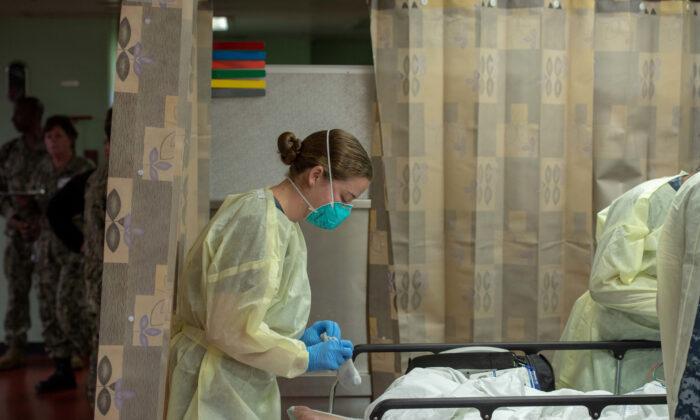If there’s one thing I’ve learned about President Donald Trump over the past three years, it’s that when he says seemingly outrageous things, he’s often right. Case in point: Back on Aug. 23, 2019, the president invoked a 1977 law to order U.S. companies to—as he wrote on Twitter—“immediately start looking for an alternative to China.”
The law cited is the International Emergency Economics Powers Act, which exists to deal with an “unusual or extraordinary threat to the national security, foreign policy, or economy of the United States.” After Trump’s tweet, the Dow Jones Average dropped more than 600 points. The president didn’t back off. He went on to criticize General Motors for its outsized presence in China and suggested that it consider moving Chinese operations back to the United States.
- China makes roughly 25 percent of all manufactured goods around the world.
- Boeing wouldn’t likely abandon China (making components for, of all things, 737 Max Jets there), because it would cede ground to rival Airbus.
- Apple seems totally invested in Chinese manufacturing with its most critical production sites being in the central province of Zhengzhou.
- At least 50 percent of Apple’s supplier locations are in China.
- Google was planning to move production of some of its products to Vietnam. Most companies planning to scale down in China aren’t planning to bring manufacturing back to the United States.
Why didn’t we see this then? Or even before Trump brought it up?
Trump wanted to “Make America Great Again.” He pledged to bring manufacturing back to the United States, drain the “swamp” in Washington, and build a wall to help control our southern border. He championed U.S. energy-independence, and pulled us out of Obama-era deals such as the Paris Climate Accords and the Iran Nuclear agreement—both of which were bad for the United States.
If this country had gotten behind Trump and implemented his ideas—especially regarding China and the border—we’d be in far better shape to battle a pandemic. But when times are good, and profits are rolling in, sometimes politicians and corporations become complacent.
- China produces and controls more than 90 percent of our antibiotics.
- China makes most of our respirators and surgical masks.
- China is well positioned to ban pharmaceutical exports to the United States.
Most thinking people now understand that this has got to change.
Ask yourself this:
How did we ever think it was OK to cede manufacturing of essential medicine, pharmaceuticals, ventilators, computer and cellphone technology, and so much more to a repressive country that considers us its enemy? Think about that every time some politician coddles China, or when celebrities like LeBron James and others in the National Basketball Association stoop to lick the boots of the Chinese Communist Party so they can make money.
What about Trump’s “travel restrictions?”
On Jan. 31, Trump instituted travel restrictions—not a ban—on travel between the United States and China due to coronavirus. He later added Europe to the edict. Travel was restricted for “foreign nationals who had been in China in the last 14 days.”
Why not a stricter order—one that would keep anyone who’d been in an infected area from coming here until they test negative? Don’t get me wrong; this order certainly helped to slow the spread—and certainly none of the Democrats who ran for the nomination would have done this. The left, acting in their usual groupthink, considers it racist to even refer to the disease as the Chinese flu or the Wuhan virus. Being woke is far more important to them than saving lives.
Trump must deal not only with the Chinese communist regime and its obvious lies and propaganda campaign accusing the United States of starting this pandemic, but he also must fight political correctness, wokeness, and an opposition party that cares more about defeating him than it does about saving lives.

